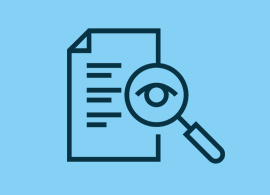Loading...
Back Translation is the process of translating a document or text that has already been translated back into its original language. This method is commonly used in linguistic and translation studies to assess the accuracy, equivalence, and overall quality of a translation. By translating the already translated content back to the source language, discrepancies, misunderstandings, or errors can be identified, allowing translators and language experts to refine and improve the translation. Back translation is particularly valuable in ensuring that the nuances, context, and intended meaning of the original text are preserved during the translation process.

Begin by translating the source document into the target language using TransEv's expert linguists or specialized teams.

Reverse the translation process by translating the content back into the original source language. This step is crucial for identifying any discrepancies or nuances that may have been altered during the initial translation.

Conduct a detailed comparison between the original source document and the back-translated version. Identify any discrepancies, errors, or shifts in meaning that may have occurred.

Engage expert linguists and translators to review the back-translated content. Collaborate to understand the nuances, context, and intended meaning, making necessary revisions to align it more closely with the original document.

Implement rigorous quality assurance checks, including grammar, consistency, and contextual accuracy. Ensure that the refined back translation meets high standards of linguistic precision.

Share the refined back translation with the client for review and feedback. Incorporate client input to achieve optimal alignment with the original document. Finalize the back translation and deliver the polished result within the agreed-upon timeframe.